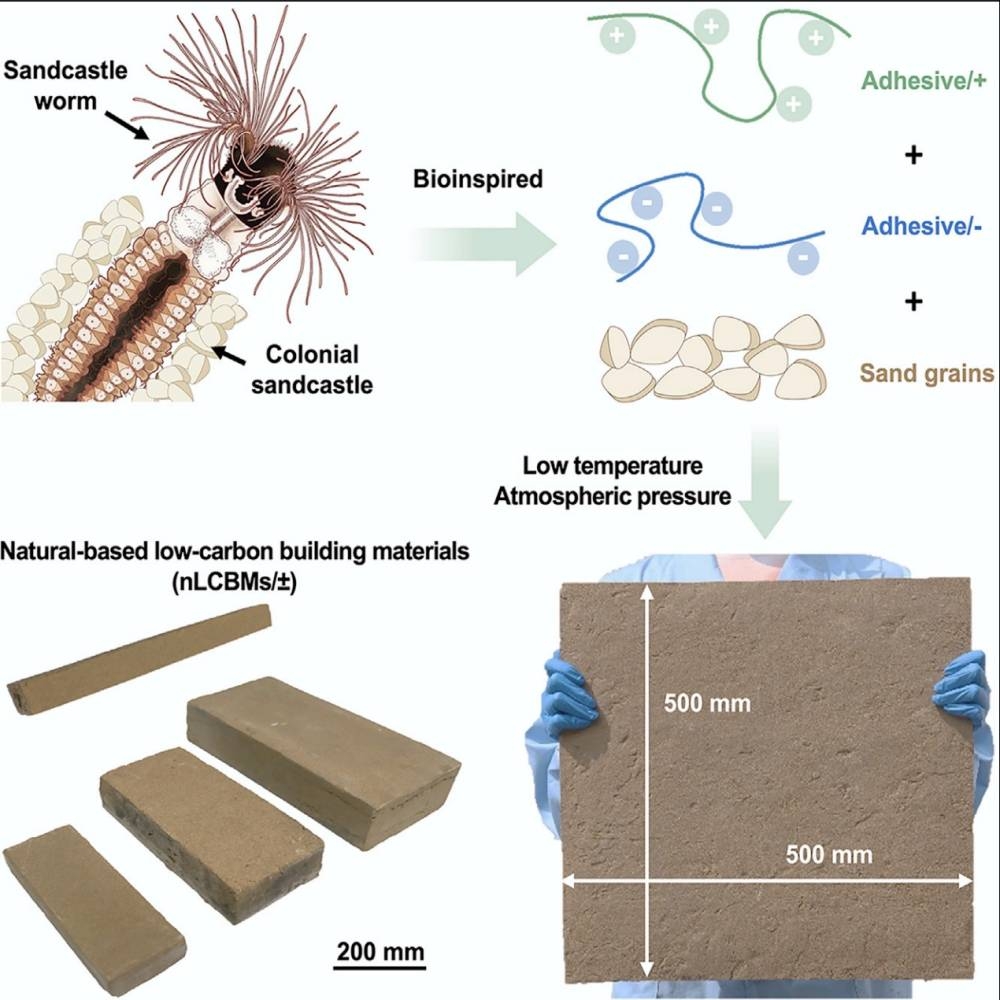Chinese scientists, inspired by marine worms, have developed a new low-carbon building material, offering potential for energy saving and emission reduction in the building sector.
The researchers, from the Technical Institute of Physics and Chemistry (TIPC) under the Chinese Academy of Sciences, published their research recently in the journal Matter, according to China's News Agency (Xinhua).
"The traditional cement-based building materials consume a lot of energy in the production process and at the same time generate a lot of carbon emissions, so the development of new low-carbon building materials is of great significance," the corresponding author of the study and a researcher at TIPC Wang Shutao said.
The researchers observed that a particular type of marine worm called the sandcastle worm has a unique approach to nest-building. They can bind sand grains or shell pieces together using an intrinsic secreted adhesive, creating homes called colonial sandcastles. The researchers developed a new building material, making use of a nature-based adhesive inspired by that produced by the worms. The new material can be produced at low temperatures and atmospheric pressures.
According to the study, the building material is versatile, being applicable to various grains, such as desert sands, sea sands, concrete slag, coal cinders and mineral residues. It also possesses good mechanical performance, unique recyclability, an anti-weathering property and scalability. (QNA)

